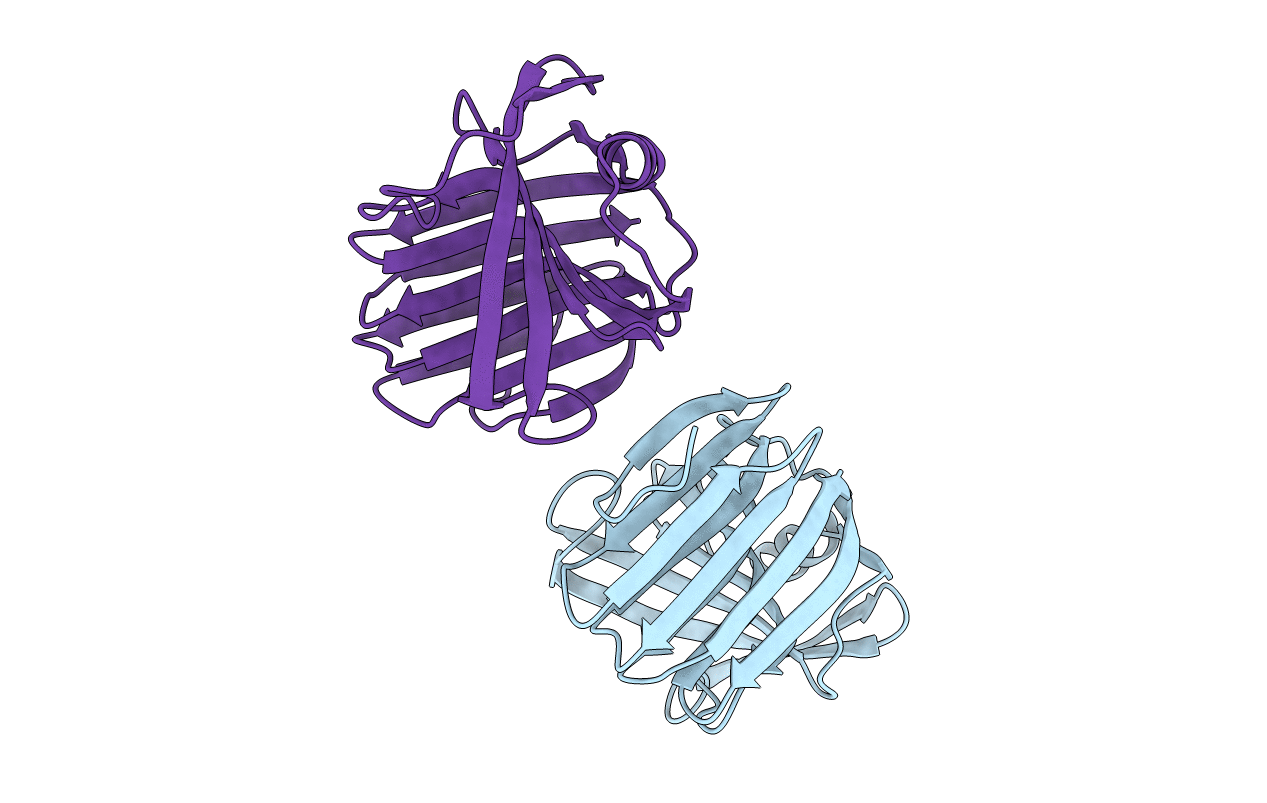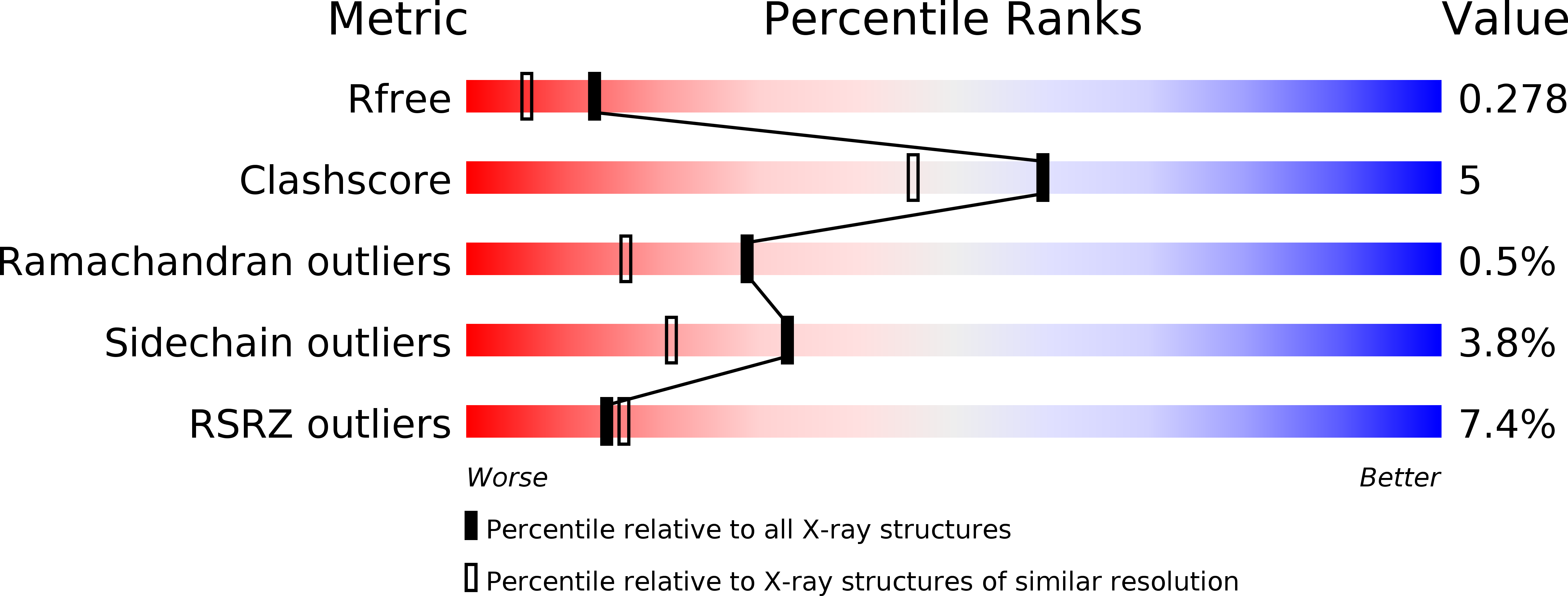
Deposition Date
2014-01-09
Release Date
2014-11-26
Last Version Date
2024-03-20
Entry Detail
PDB ID:
3WP3
Keywords:
Title:
Xylanase 11C from Talaromyces cellulolyticus (formerly known as Acremonium cellulolyticus)
Biological Source:
Source Organism:
Talaromyces funiculosus (Taxon ID: 28572)
Host Organism:
Method Details:
Experimental Method:
Resolution:
1.98 Å
R-Value Free:
0.27
R-Value Work:
0.23
R-Value Observed:
0.23
Space Group:
P 1 21 1


